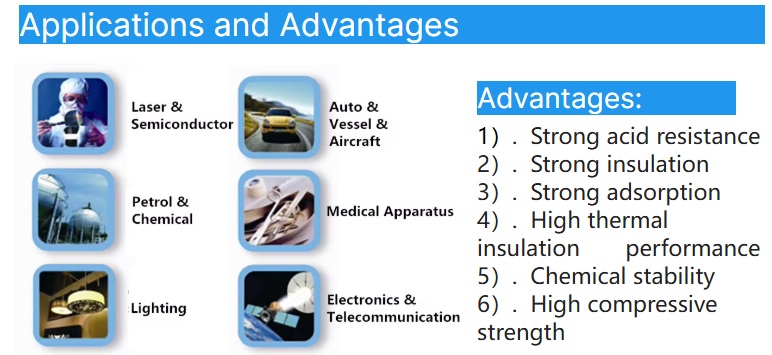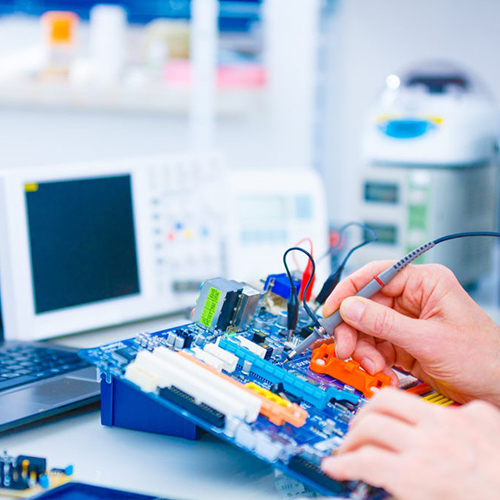Order(MOQ) :
1000Payment :
T/TPressure Sensors: The ceramic base provides a stable, rigid platform for a strain gauge or capacitive sensing element. It's often used with corrosive media because of its inertness.
Temperature Sensors: The temperature-sensitive ceramic element is often sintered directly onto a steatite or alumina base with printed electrodes.
RTDs (Resistance Temperature Detectors): The platinum thin film is deposited directly onto an alumina substrate.
Gas Sensors (especially Oxygen Sensors): The zirconia base in a lambda sensor is the core of the device, conducting oxygen ions at high temperatures to generate a voltage proportional to the oxygen concentration.
A piezoelectric crystal (e.g., PZT) is mounted on a ceramic base, which provides electrical connection and mechanical support.
Humidity Sensors: The ceramic substrate can be coated with a hygroscopic material that changes capacitance or resistance with humidity.
Biosensors: Ceramic bases (e.g., low-temperature co-fired ceramic - LTCC) are used for lab-on-a-chip devices due to the ability to create intricate microfluidic channels.
Technical Parameters
| Item | Unit | Zirconia ceramic | 99% alumina ceramic | 96% alumina ceramic | 95% alumina ceramic | Steatite ceramic | Mullite ceramic | Cordierite ceramic |
| Bulk density | g/cm3 | 6 | 3.8 | 3.7 | 3.6 | 2.8 | 2.2 | 2.3 |
| Water absorption | % | 0 | 0 | 0 | 0 | 0 | 12 | 12 |
| Thermal Conductivity | (w/m.k) | 10 | 19-30 | 16-28 | 14-24 | 2-3 | 2-6 | 1.3-1.8 |
| Resistance to thermal shock,Minimum | TK? | 70 | 150 | 140 | 140 | 80 | 150 | 300 |
| Withstand voltage,Minimum | KV | 15 | 20 | 18 | 18 | 20 | 25 | - |
| Flexural strength | Mpa | 1000 | 300 | 280 | 240 | 120 | 120 | 30 |
| Sintering temperature | ℃ | 1500 | 1670 | 1600 | 1600 | 1250 | 1250 | 1250 |
| Maximum working temperature | ℃ | 1200 | 1500 | 1200 | 1200 | 800 | 1000 | 1000 |
Application
Specifically used for high-temperature and high-voltage insulation parts, circuit substrates, high-temperature devices, etc. As the main representative of precision ceramic materials, it is widely used in industries such as semiconductors, petrochemicals, and electronics.

Advantages
1. we support OEM and ODM;
2. We have a professional R&D team and technical support;
3. We provide real-time logistics update information;
4. We support 24-hour online service;
5. We support T/T,L/c payment;
6. We have a professional QC team to check the quality before delivery.
Certificate

FAQ
1. How can you get quotation?
Please kindly send me your drawing with technic requirement and demand quantity.
If you don't have the drawing, please kindly courier samples to us. we will quote our best price in 24 hours.
2. How can you get samples?
We can supply free samples if we have them in stock. If we haven't produce the products, we can supply some free samples after getting tool fee. Please take note that the courier fee should be at destination.
3. What’s the lead-time for samples and batch orders?
It is 18days for supplying samples. It is around 25days for batch orders.
4. Can I visit you?
Sure. If you're a volume buyer and would like to visit our in-house products and production line, please contact us to make an appointment.
leave a message
Scan to wechat :

Scan to whatsapp :

